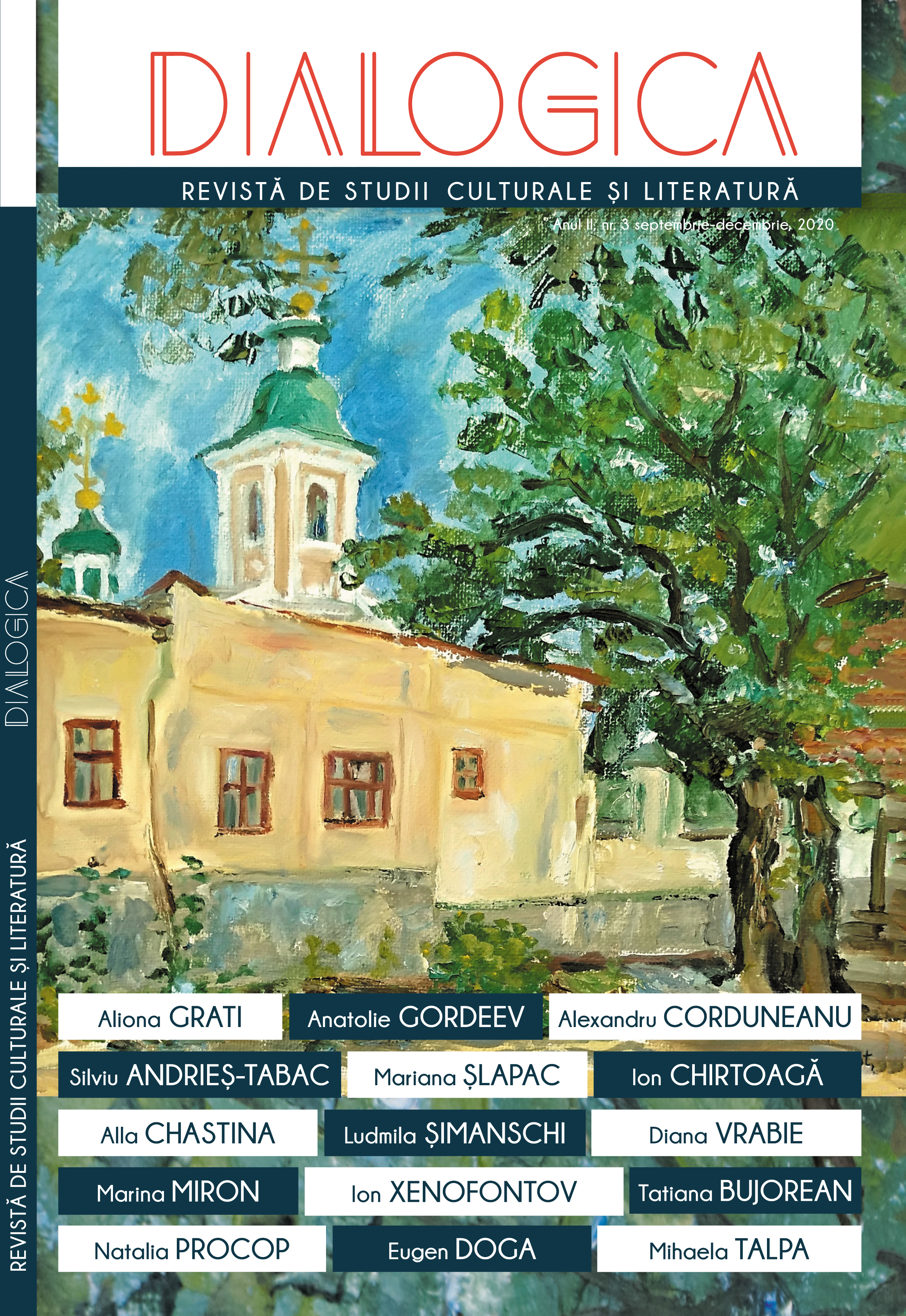Arhitectura Chişinăului interbelic
The architecture of interwar Chişinău
Author(s): Mariana ŞlapacSubject(s): Fine Arts / Performing Arts, Architecture
Published by: ArtPoligraf SRL
Keywords: Chişinău;the interwar period;the architecture of the interwar Chişinău;the “neo-Romanian” style;the Romanian modernism;Art Nouveau;Nicolae Mertz;Gheorghe Cujbă;Gheorghe Cupcea;Nicolae Ţâganco;
Summary/Abstract: In the interwar period Chişinău was the second Romanian city in size and importance.The municipal authorities carried out some series of urban development works, technical modernizationextended to the transport structure and communications. The urban planning documentation waselaborated.At that time, several buildings of remarkable architecture were designed, some of which were notfully completed due to the world economic crisis of the 1930s (the Palace of Culture of the Union, today’sNational Theater “Mihai Eminescu”; the National Theater, today’s cinema “Patria”; the Officers’Club, today’s “Mobiasbanca”). Among the new buildings that appeared in Chişinău were the boardingschool for the children of the railway workers, the building near the Metropolitan complex, the casino,etc. There were built several personal villas and wealthy houses in the city. The elements of modernistarchitecture could be combined with those of neoclassical architecture, with those of “neo-Romanian”architecture or with details from the Art Nouveau repertoire. The architects Nicolae Mertz, GheorgheCujbă, Gheorghe Cupcea, Nicolae Ţâganco, Eugen Bernardazzi, Ecaterina Ocuşco-Alhazova, V. Ulinici,Rudi and others contributed to the image of interwar Chişinău.
Journal: DIALOGICA Revistă de studii culturale și literatură
- Issue Year: II/2020
- Issue No: 3
- Page Range: 50-62
- Page Count: 13
- Language: Romanian

